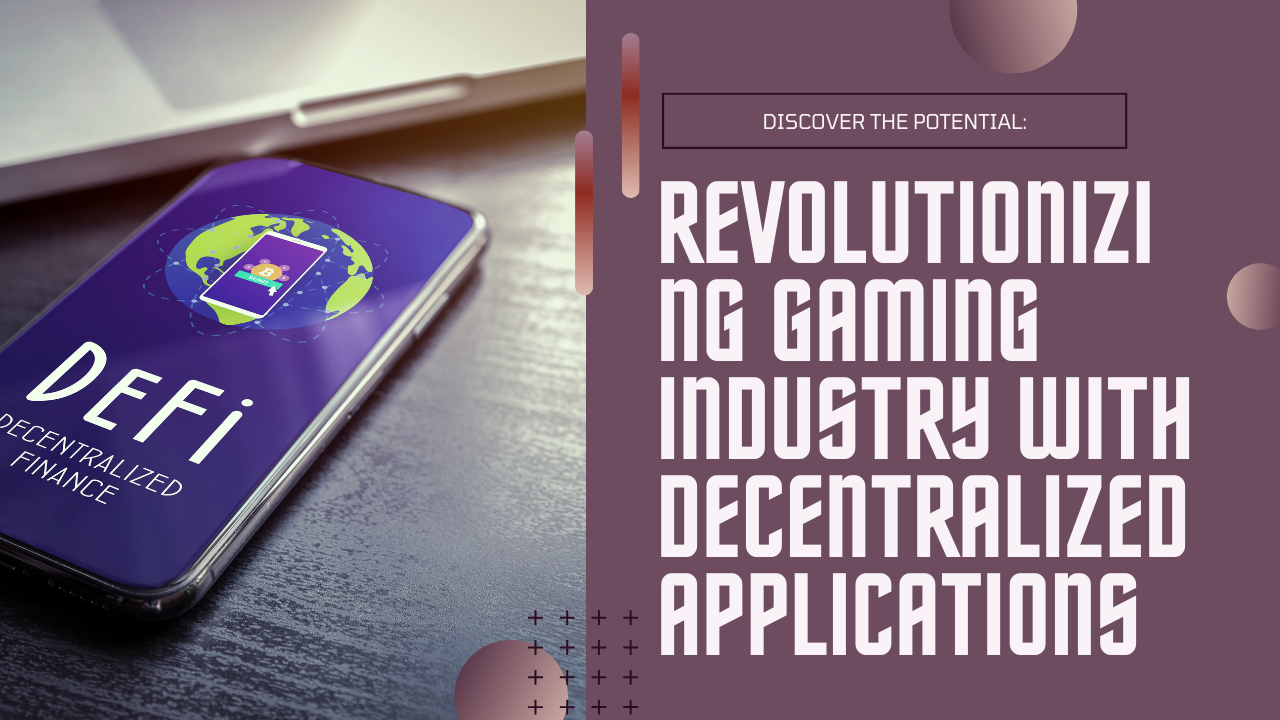Decentralized applications, or Dapps, represent a revolutionary approach to digital interaction, one that eschews central authority in favor of peer-to-peer networks and blockchain technology. As businesses continue to explore the vast potential of Dapps, understanding their future implications becomes critical. This blog delves into how Dapps are poised to transform the business landscape, the benefits and challenges they bring, and the sectors most likely to be impacted by this technology.
What Are Dapps?
Dapps are digital applications that run on blockchain networks instead of centralized servers. This decentralization means that no single entity has control over the network, promoting greater transparency, security, and user autonomy. They leverage smart contracts, which are self-executing contracts with the terms of the agreement directly written into code, ensuring automated and trustless transactions.
Key Characteristics of Dapps
- Decentralization: Operate on a distributed network, reducing single points of failure.
- Transparency: All transactions are recorded on a public ledger, ensuring traceability and accountability.
- Security: Enhanced security due to cryptographic principles and distributed consensus mechanisms.
- Incentivization: Users are often incentivized with tokens for their participation and contributions to the network.
- Autonomy: Once deployed, Dapps can operate independently of their creators.
The Future Impact of Dapps on Business
1. Finance and Banking
The financial sector is perhaps the most promising arena for Dapp integration. Decentralized finance (DeFi) platforms have already started to disrupt traditional banking by offering services such as lending, borrowing, and trading without intermediaries.
- Smart Contracts for Automation: Automating complex financial agreements and transactions reduces operational costs and minimizes the risk of human error.
- Decentralized Exchanges (DEXs): DEXs allow for the direct trading of assets between users, providing increased privacy and security compared to centralized exchanges.
- Tokenization of Assets: Real-world assets such as real estate, commodities, and even intellectual property can be tokenized and traded on blockchain platforms, increasing liquidity and accessibility.
2. Supply Chain Management
Supply chains involve numerous parties and complex logistics, making them ripe for Dapp implementation to enhance transparency, traceability, and efficiency.
- End-to-End Visibility: Blockchain technology can track every step of the supply chain, from raw materials to finished products, ensuring authenticity and reducing fraud.
- Smart Contracts for Automation: Automated contracts can trigger payments and shipments when predefined conditions are met, reducing delays and improving reliability.
- Provenance Tracking: Consumers and businesses can verify the origin and journey of products, which is particularly beneficial for sectors like food and pharmaceuticals where authenticity is crucial.
3. Healthcare
The healthcare sector can benefit immensely from the secure and transparent nature of Dapps, particularly in data management and patient care.
- Secure Medical Records: Blockchain can provide a secure, immutable record of patient data, ensuring privacy and reducing the risk of data breaches.
- Interoperability: Dapps can facilitate the secure sharing of medical records across different healthcare providers and systems, improving coordination and care quality.
- Clinical Trials and Research: Blockchain can enhance the transparency and integrity of clinical trial data, reducing fraud and ensuring accurate reporting.
4. Real Estate
The real estate industry, with its extensive paperwork and numerous intermediaries, stands to gain significantly from the adoption of Dapps.
- Tokenized Real Estate: Properties can be tokenized, allowing for fractional ownership and easier transfer of ownership.
- Smart Contracts for Transactions: Automating the buying, selling, and leasing processes can reduce costs and streamline transactions.
- Immutable Records: Land titles and property records on a blockchain can prevent fraud and disputes by providing a clear, tamper-proof history of ownership.
5. Governance and Voting
Dapps can bring about a new era of transparency and accountability in governance and voting processes.
- Secure Voting Systems: Blockchain-based voting systems can ensure that votes are accurately recorded and cannot be tampered with, addressing issues of fraud and voter manipulation.
- Decentralized Autonomous Organizations (DAOs): DAOs can provide a new model for organizational governance, where decisions are made through collective voting by token holders, ensuring transparency and democratic participation.
Benefits of Dapps in Business
- Enhanced Security: The decentralized nature and cryptographic principles of Dapps significantly reduce the risk of hacks and data breaches.
- Transparency and Trust: Public ledgers and immutable records foster trust among users, as all transactions are verifiable.
- Cost Efficiency: By automating processes and reducing intermediaries, Dapps can lower operational costs and improve efficiency.
- User Control: Users have greater control over their data and assets, fostering a sense of ownership and responsibility.
- Global Accessibility: Dapps operate on a global scale, making services accessible to anyone with an internet connection.
Challenges of Implementing Dapps
- Scalability Issues: Current blockchain networks can struggle with scalability, leading to slower transaction times and higher costs.
- Regulatory Uncertainty: The regulatory environment for Dapps and blockchain technology is still evolving, creating uncertainty for businesses.
- Technical Complexity: Developing and maintaining Dapps requires specialized knowledge and expertise, which can be a barrier for many businesses.
- User Experience: The complexity of interacting with blockchain technology can deter non-technical users, necessitating improvements in user interface and experience.
- Integration with Legacy Systems: Integrating Dapps with existing systems and infrastructure can be challenging and require significant investment.
Future Trends in Dapps for Business
- Interoperability Solutions: Projects like Polkadot and Cosmos are working on solutions to enable different blockchains to communicate and operate seamlessly, enhancing the functionality and reach of Dapps.
- Layer 2 Solutions: Technologies such as Optimistic Rollups and zk-Rollups aim to address scalability issues by processing transactions off the main blockchain, reducing congestion and costs.
- Improved User Interfaces: As the technology matures, more user-friendly interfaces and educational resources will emerge, making Dapps more accessible to the average user.
- Regulatory Clarity: As governments and regulatory bodies become more familiar with blockchain technology, clearer regulations will provide a more stable environment for Dapp development and usage.
- Enterprise Adoption: Major corporations and enterprises are increasingly exploring and investing in Dapp technology, which will drive innovation and integration across various sectors.
Conclusion
The future of Dapps in business is bright and full of potential. As blockchain technology continues to evolve, Dapps will become more scalable, user-friendly, and integrated with existing systems. Their ability to enhance security, transparency, and efficiency makes them an attractive proposition for businesses across various sectors. However, challenges such as scalability, regulatory uncertainty, and technical complexity must be addressed to realize their full potential.
By staying informed about the latest developments in Dapp technology and being prepared to adapt and innovate, businesses can position themselves at the forefront of this digital revolution. The decentralized future is not just a possibility; it is becoming a reality, and those who embrace it will lead the way in the next era of business transformation.







